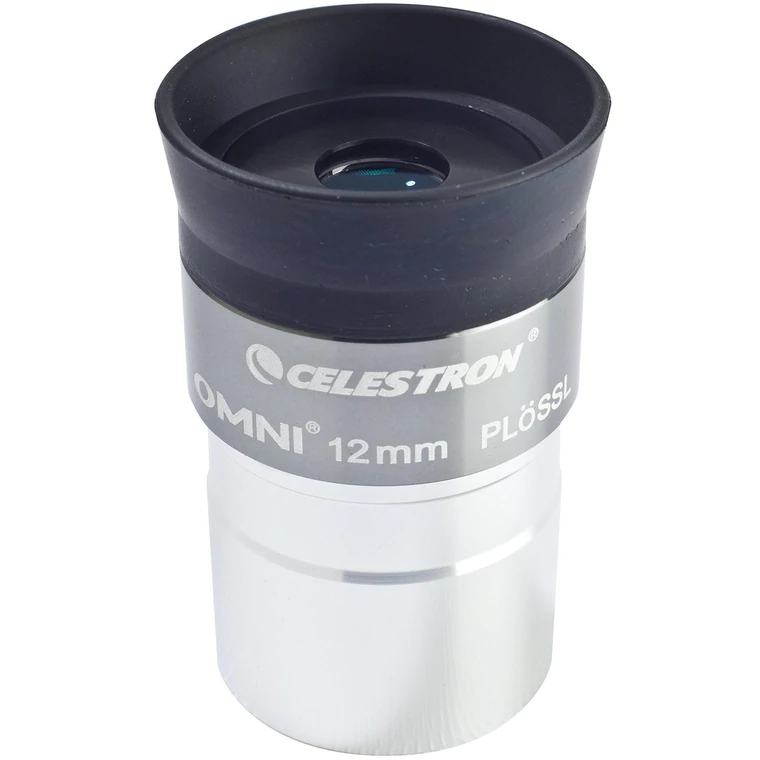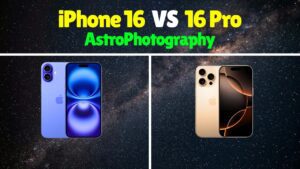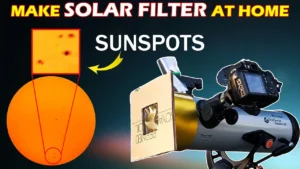
The eyepiece is one of the essential parts of a telescope. In the past, we explained the basics of telescope eyepieces. There are many different types of eyepieces. The most popular is the Plössl eyepiece.

What is a Plössl eyepiece?
The Plössl eyepiece was designed by George Simon Plossl in 1860. Though, it is more than 150 years old. The Plössl eyepieces started getting popularity in the 1980s. Nowadays they are so popular and sold with almost every telescope.
The Plössl eyepiece mainly consists of 4 elements. The four elements are 2 convex lenses and 2 concave lenses. When you combine a convex lens and a concave lens, it becomes a doublet lens. These concave and convex surfaces are matched very precisely. So that no internal reflections occur.


By combining one convex lens and one concave lens, we get two achromatic lenses. These lenses are placed in one line or you can say aligned symmetrically. This is the reason the second name of Plössl eyepieces is symmetrical eyepieces. The Plössl lens does not have any spherical and chromatic aberrations.
What are the features of the Plössl eyepiece?
The Plössl eyepieces produce a wide field of view. They offer a field of view from 50 degrees to 58 degrees. The wide field of view is a good advantage for viewing planets. This is one of the main reasons the Plössl eyepieces are so popular.
Amateur astronomers want to see different planets through their telescopes. The Plössl eyepiece will help you to achieve excellent views of planets. Nowadays most amateur telescopes are provided with the Plössl eyepiece. A quality Plössl eyepiece is affordable and will not break the bank. As it offers quality views of the planets and sky, it does help in attracting new people to the astronomy hobby.
Apart from planet viewing, you can also use these eyepieces for deep space but there is a limitation while observing deep space objects with these eyepieces.
Limitations, of Plössl eyepieces.
The Plössl has a short focal length and short eye relief. The eye relief is the distance between your eyes and the eyepiece, where you can view the whole image comfortably. An eye relief that is too low can be uncomfortable for the eyes. It is hard to use such eyepieces for people with glasses. For deep space observation, you need high-power good eye relief eyepieces below 10mm. As the Plössl does not have good eye relief below 10mm. So they are not the preferred choice for deep space observation.

You will find these Plössl eyepieces in various price ranges. Usually, the cheaper ones are not that efficient. The higher-priced Plössl lens uses high-quality glass and material. It will give excellent sharp views compared to the cheaper ones.
Few good Plössl lenses are mentioned here, do check them out.
There are many other types of eyepieces, you can read about them here. We hope you understood everything about the Plössl eyepieces. If you want to know more about stargazing and astronomy, then check out other articles on this site & also check out our YouTube channel.





